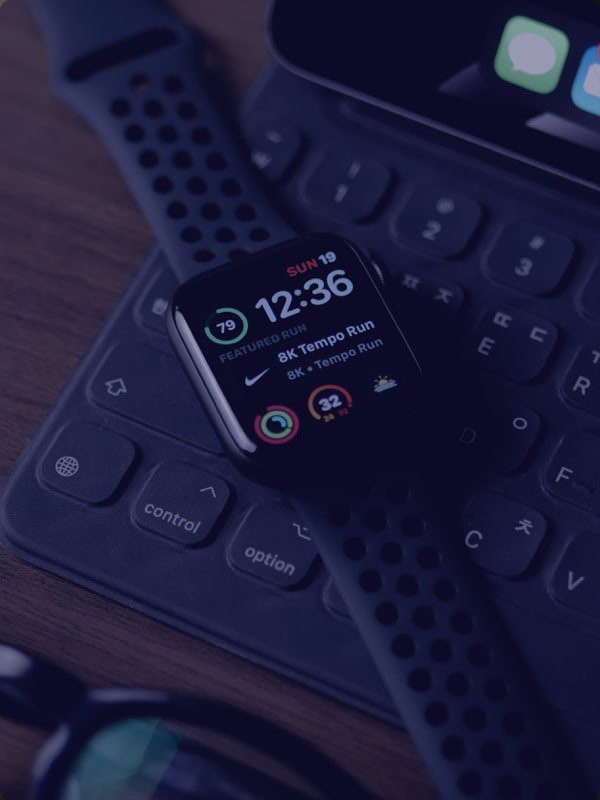How to Build the Perfect Skincare Routine for Beginners
Starting your skincare journey can feel like standing in front of a beauty store shelf with hundreds of mysterious bottles staring back at you. What do you choose first? Where do you even begin? Don’t worry. You’re not alone—and we’re here to walk you through every step of building the perfect skincare routine for beginners.
By the end of this article, you’ll not only know what products to use but also why they matter, how to use them, and in what order. We’ll break it down using expert advice, real-life experiences, and scientifically backed facts. Let’s begin!
Why a Skincare Routine Matters
A skincare routine matters cause it is not just a trend. It’s self-care, science, and it’s an investment in your long-term health and confidence. Think of your skin like a plant. If you look after it properly with water, sunlight, and nourish it, you will get good results. But if you neglect it, you start to see the effects.
Dermatologists agree: consistent care is key. According to the American Academy of Dermatology, even a basic skincare routine can significantly improve your skin’s texture, tone, and overall health.
“You don’t need a 10-step routine to see results,” says Dr. Marissa Garshick, a board-certified dermatologist. “Start simple, stay consistent, and your skin will reward you.”
The Golden Rule: Keep It Simple
As a beginner, it’s easy to get overwhelmed by complicated regimens and influencer-led trends. But in reality, the best skincare routines are often the most basic ones.
What You Need:
1. Cleanser
2. Moisturizer
3. Sunscreen
Everything else? Optional, especially at the beginning.
Step-by-Step Guide to the Perfect Skincare Routine for Beginners
Step 1: Understand Your Skin Type
Before buying any product, it’s crucial to identify your skin type. Is it oily, dry, sensitive, or a combination?
How to Know Your Skin Type:
- Oily: Your face gets shiny, especially in the T-zone.
- Dry: Your skin feels tight, flaky, or rough.
- Combination: You get oily in the T-zone and dry elsewhere.
- Sensitive: You experience redness, burning, or itching.
Real-life tip: “I always thought I had oily skin until I stopped using harsh cleansers. Turns out, my skin was just overcompensating for dryness,” says Sarah, 27, a skincare beginner.
Step 2: Choose the Right Cleanser
Cleansing is the foundation of any skincare routine. It removes dirt, oil, and impurities, prepping your skin for what comes next.
Best Cleanser Types by Skin Type:
- Dry Skin: Cream or milk cleansers (e.g., CeraVe Hydrating Cleanser)
- Oily Skin: Gel or foaming cleansers (e.g., La Roche-Posay Effaclar Gel)
- Sensitive Skin: Fragrance-free, gentle formulas (e.g., Vanicream Gentle Facial Cleanser)
Use it twice a day—morning and night—with lukewarm water.
Step 3: Moisturize, Always
Even oily skin needs moisture. Moisturizers help maintain your skin barrier, locking in hydration and protecting against environmental stressors.
Moisturizer Recommendations:
- Dry Skin: Thicker creams with ceramides or hyaluronic acid
- Oily Skin: Lightweight, oil-free gels
- Sensitive Skin: Products with soothing ingredients like aloe vera or oat extract
Research shows that consistent use of moisturizers can reduce water loss in the skin by up to 40%.
Step 4: Never Skip Sunscreen
This is non-negotiable. Sunscreen protects your skin from UV damage, premature aging, and even skin cancer.
What to Look For:
- SPF 30 or higher
- Broad-spectrum protection
- Non-comedogenic (won’t clog pores)
Make sunscreen your last step every morning—even if it’s cloudy.
Optional (But Helpful) Skincare Add-Ons
Once you’ve managed the basics, you can really start thinking of these steps:
Serums
- Vitamin C (mornings): Brightens and fights free radicals
- Niacinamide: Reduces oil and improves texture
- Hyaluronic Acid: Hydrates deeply
Exfoliants
- Chemical Exfoliants (AHAs/BHAs): Great for acne and dull skin
- Use 1-2 times a week
Eye Creams
- Helpful for dark circles or puffiness, but not essential for everyone
Expert Insight: “Serums can target specific issues, but layering too many can backfire. Start with one, then slowly add more if needed,” advises Dr. Corey L. Hartman, a board-certified dermatologist.
Morning vs. Night Routine
You don’t need separate products for AM and PM, but knowing the difference helps.
Morning Routine:
- Cleanser
- Serum (optional)
- Moisturizer
- Sunscreen
Night Routine:
- Cleanser
- Serum or treatment (optional)
- Moisturizer
Your nighttime routine is the best time to use products like retinol, as your skin repairs itself while you sleep.
Real-Life Beginner Skincare Routine Examples
Example 1: Amy (Dry, Sensitive Skin)
Morning:
- CeraVe Hydrating Cleanser
- Vanicream Moisturizer
- EltaMD UV Clear SPF 46
Night:
- CeraVe Hydrating Cleanser
- The Ordinary Hyaluronic Acid
- Vanicream Moisturizer
Example 2: Jake (Oily, Acne-Prone Skin)
Morning:
- La Roche-Posay Effaclar Gel Cleanser
- Paula’s Choice Niacinamide Serum
- Neutrogena Clear Face Sunscreen
Night:
- Same cleanser
- The Ordinary Salicylic Acid
- CeraVe PM Moisturizing Lotion
Avoid These Common Beginner Mistakes
1. Overdoing It
Too many products = overwhelmed skin. Stick to the basics.
2. Switching Products Too Quickly
Give products at least 2-4 weeks before deciding if they work.
3. Not Using Sunscreen Daily
Skipping sunscreen negates all your hard work.
4. Ignoring Ingredients
Read the label. Avoid alcohol, synthetic fragrance, and comedogenic oils if your skin reacts badly.
Pro Tip: Use the “patch test” method before applying new products to your whole face.
Best Budget-Friendly Skincare Brands for Beginners
- The Ordinary
- CeraVe
- La Roche-Posay
- Neutrogena
- Simple Skincare
These brands are dermatologist-approved, accessible, and wallet-friendly.
Building Consistency: The True Secret to Perfect Skin
No product can work overnight. You always have to think of skincare like doing home workouts. You won’t see abs after one workout, right? Exactly that same situation goes for your skin also.
Set reminders, place products somewhere visible, and make your routine a relaxing ritual, not a chore.
Real-life reminder: “I started treating skincare like brushing my teeth. It’s not negotiable. That mindset changed everything for me,” says Priya, 31.
The Final Takeaway: Glowing Skin Starts with the Right Foundation
You don’t need a shelf full of serums or luxury creams to achieve glowing skin. The perfect skincare routine for beginners is simple, consistent, and personalized to your unique needs.
Start with the basics. Listen to your skin. Make changes gradually. And always, always wear sunscreen.
Your future self (and skin) will thank you.
Frequently Asked Questions (FAQ)
What is the most important step in a skincare routine for beginners?
Sunscreen. Without it, even the best skincare won’t protect your skin from damage. Always wear SPF 30 or higher every morning.
Can I skip moisturizer if I have oily skin?
No. Oily skin still needs hydration. Use a lightweight, oil-free moisturizer to balance oil production.
How long should I wait to see results from a new routine?
Typically, it takes 4 to 6 weeks to see noticeable results. Be patient and consistent.
Should I use the same products in the morning and at night?
Mostly yes, but you might want to add specific treatments like retinol or exfoliants at night.
What ingredients should beginners avoid?
Avoid alcohol, artificial fragrance, and essential oils if you have sensitive skin. Also, don’t mix too many actives (like retinol, acids, and vitamin C) without guidance.
Do men need a different skincare routine than women?
Not necessarily. Skin types matter more than gender. Men and women can use the same products if they suit their skin type.
Related Searches:
- How to choose skincare products
- Beginner skincare routine for oily skin
- Skincare steps for glowing skin
- Best affordable skincare products
- Simple skincare routine for men


